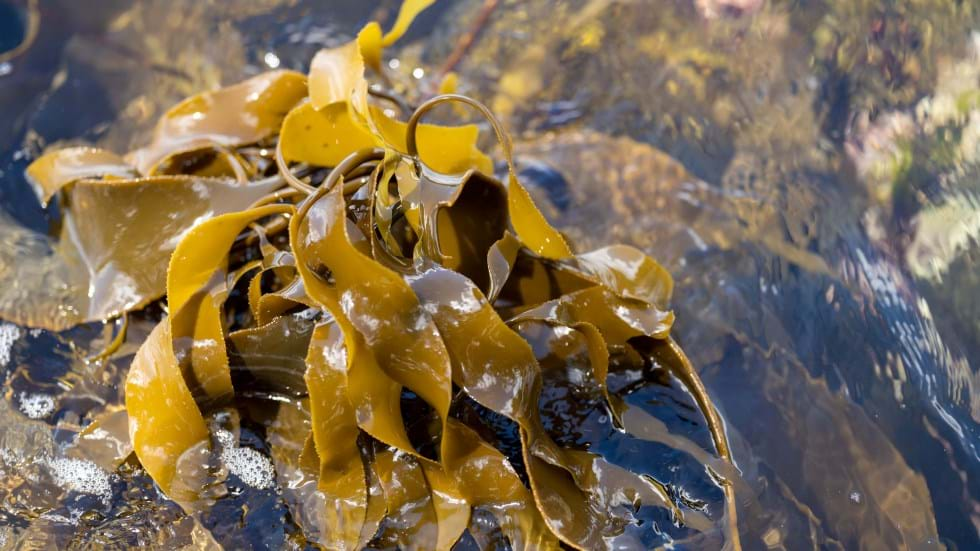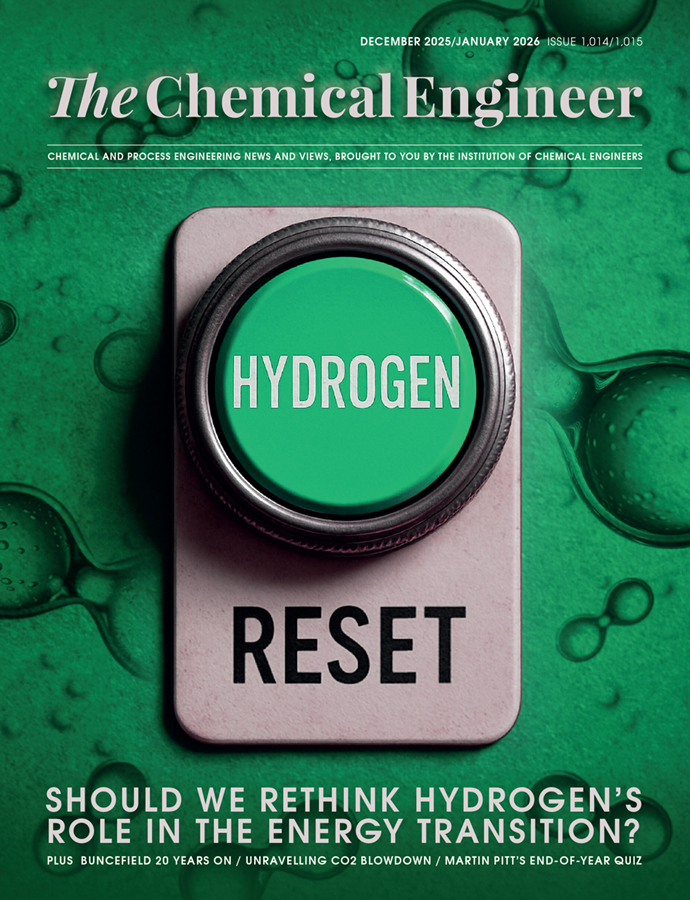Seaweed farm grown between North Sea wind turbines collects first harvest

A FLOATING seaweed farm wedged between offshore wind turbines in the North Sea has reaped its first harvest of mature seaweed.
Developed by organisation North Sea Farmers (NSF) and research firm Plymouth Marine Laboratory (PML), North Sea 1 planted its first seeded seaweed substrates in November of last year.
The commercial-scale farm spans 50,000 m2 and is located in the Hollandse Kust Zuid wind farm, which is 18 km off the coast of Scheveningen in The Hague.
Eef Brouwers, the MD of NSF, said: “We're proving that seaweed production within an existing offshore infrastructure is possible at a commercial scale.”
The team is researching whether floating farms near wind turbine infrastructure can have a “positive long-term impact” on biodiversity and climate change mitigation.
Between the green
NSF says locating the farm between offshore wind turbines provided a physical space where crops can be protected from maritime traffic.
As well as being a food product and potential material for bioplastics and biofuel, seaweed is being studied for its carbon sequestration properties.
The Marine Biological Association found that seaweed forests – areas with a large concentration of macroalgae like kelp, which can grow up to 30m long – transport around 56m t/y of carbon to deep ocean sinks. It also found that 4 to 44m t of this carbon could remain sequestered in deep sea sinks for “at least” a hundred years.
Next steps
The seaweed was grown on four large 50 x 3m nets which were securely anchored to the seabed. A vessel able to navigate around the wind turbines was used to harvest the seaweed.
PLM, along with its research partners, Deltares and Silvestrum Climate Associates, have been monitoring the farm over the last year and will use samples from the harvest to analyse seaweed growth, carbon absorption rates and the overall impact of carbon storage in the wider ecosystem.
Ana Queirós, a marine and climate change ecologist from PML, said: “We will be taking seabed samples, water samples and in-situ monitoring of marine life and the use of advanced [environmental DNA] techniques to gain a detailed understanding of the developing habitat and the various species it may or may not be supporting.”
The project was funded by Amazon’s US$100m Right Now Climate Fund, which is supporting projects across Europe that are looking into climate resilience and biodiversity, specifically solutions for land restoration, and carbon storage in forests and marine areas.
Recent Editions
Catch up on the latest news, views and jobs from The Chemical Engineer. Below are the four latest issues. View a wider selection of the archive from within the Magazine section of this site.




